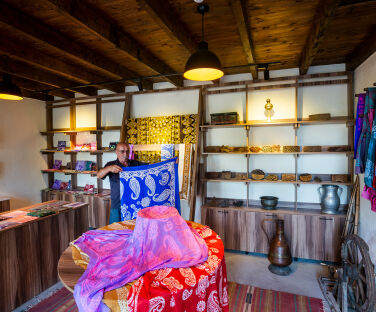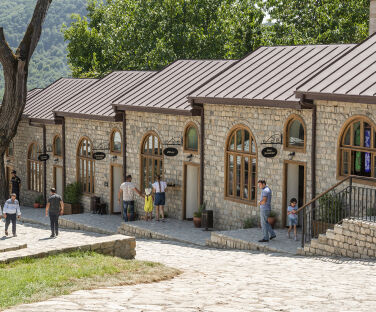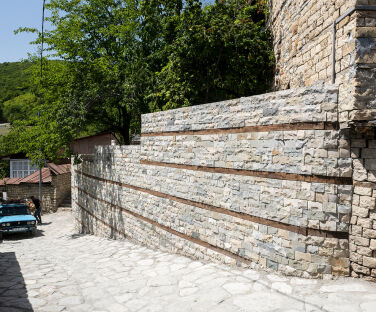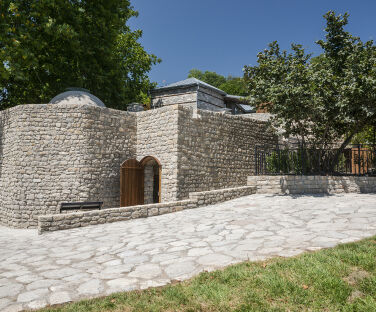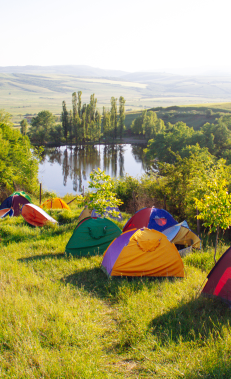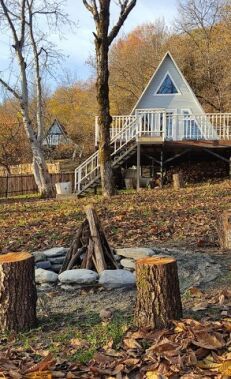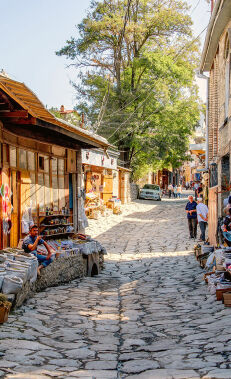The Renovationof Basgal
With its medieval city walls, historical structures, epigraphic monuments, archaic water supply systems, artisanal neighbourhoods, mosques and minarets, bathhouses, ancient bazaar square, and teahouses surrounded by narrow streets, Basgal stands at the heart of Azerbaijan’s sustainable tourism development, designed to benefit locals, tourists and the environment alike. The village has become a model for sustainable tourism in Azerbaijan and a source of pride for the local community.
Above all, renovation work has striven to conserve the special position of Basgal in the cultural history of Azerbaijan, with its ancient handicraft traditions, such as silk-making, and the medieval buildings at every step along the atmospheric streets of the past. Take the oak band, for example, called a ‘ketil’, placed between every four to five masonry stone layers to make buildings resistant to earthquakes, a feature that has been saved and restored around Basgal.
The local community and region have enjoyed numerous benefits that serve to maintain Basgal’s individual spirit. Firstly, a host of new jobs has been created, providing a source of income for many residents. With the opening of Basgal Resort & Spa, many have been employed as tour guides, cooks and other roles related to hospitality. In total, more than 300 locals are employed in this hotel and a further 30 at Basgal Reserve. Additionally, the restoration of the village has helped to preserve the traditional architecture and cultural heritage of the area, promoting a sense of pride in the community. Inevitably, the increased influx of tourists has also brought new business opportunities, such as local crafts, traditional foods and souvenirs, which help to support the local economy. A new car park has been built near the entrance of the village from the direction of Baku, encouraging visitors to continue their trip on foot, reducing noise and air pollution for everyone in the process.
For tourists, Basgal’s ancient charms have been enhanced by the renovations, which focused on preserving the traditional character of the village while updating its infrastructure to accommodate more tourists. For example, old stone houses have been restored and turned into guesthouses, offering a unique and authentic experience for visitors. In the future, several more houses will be renovated, functioning as guest houses run by their owners.




